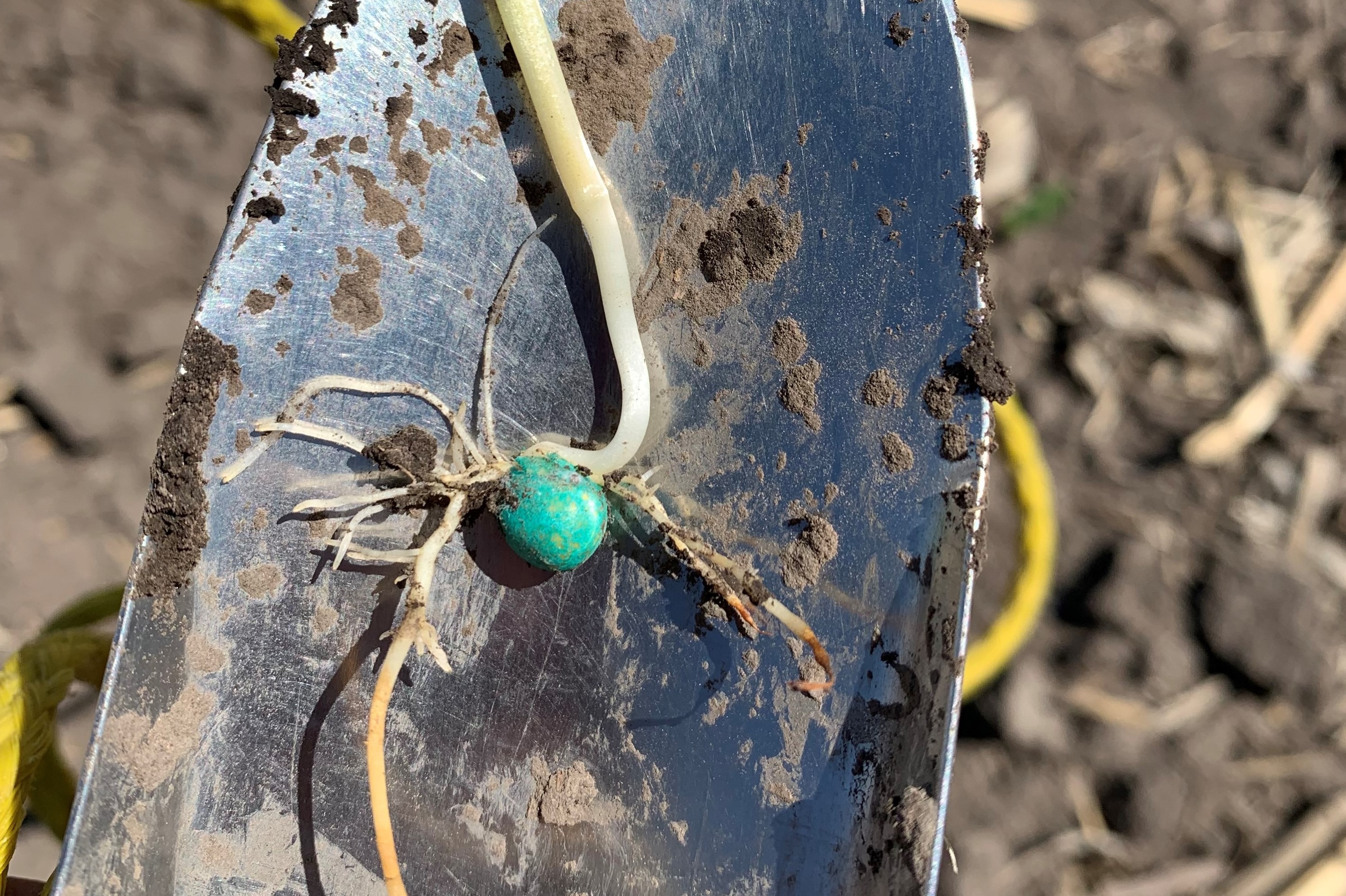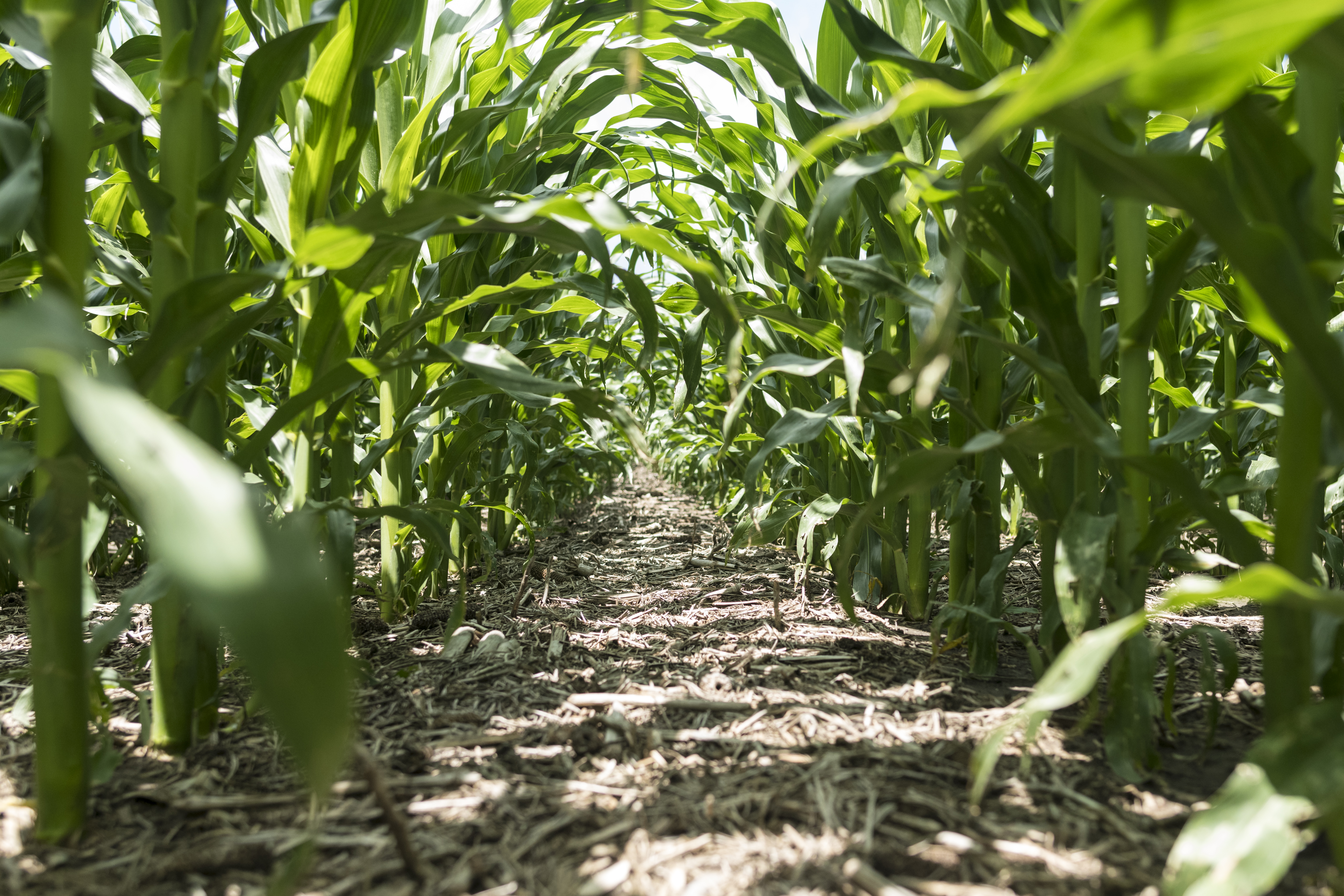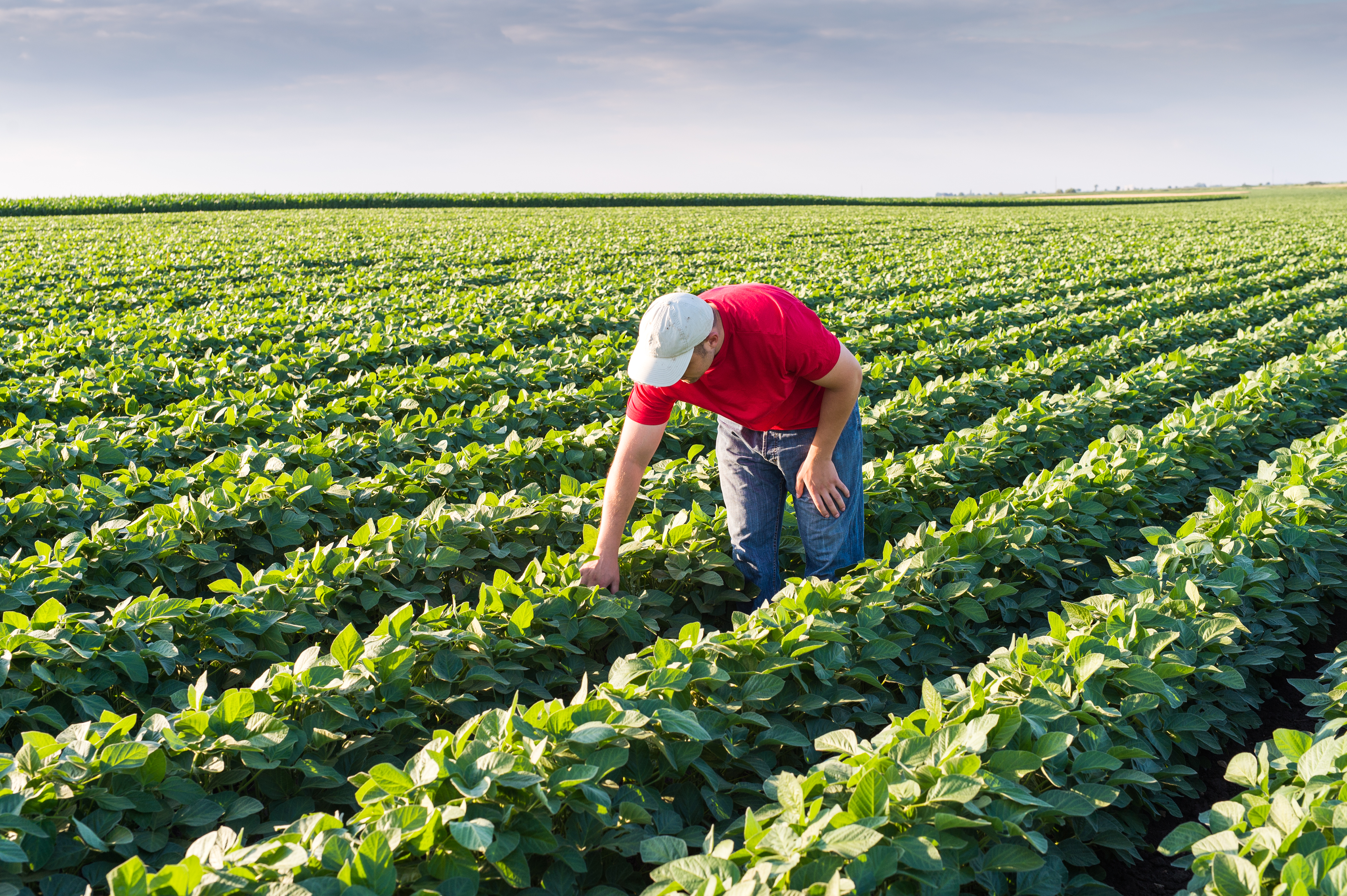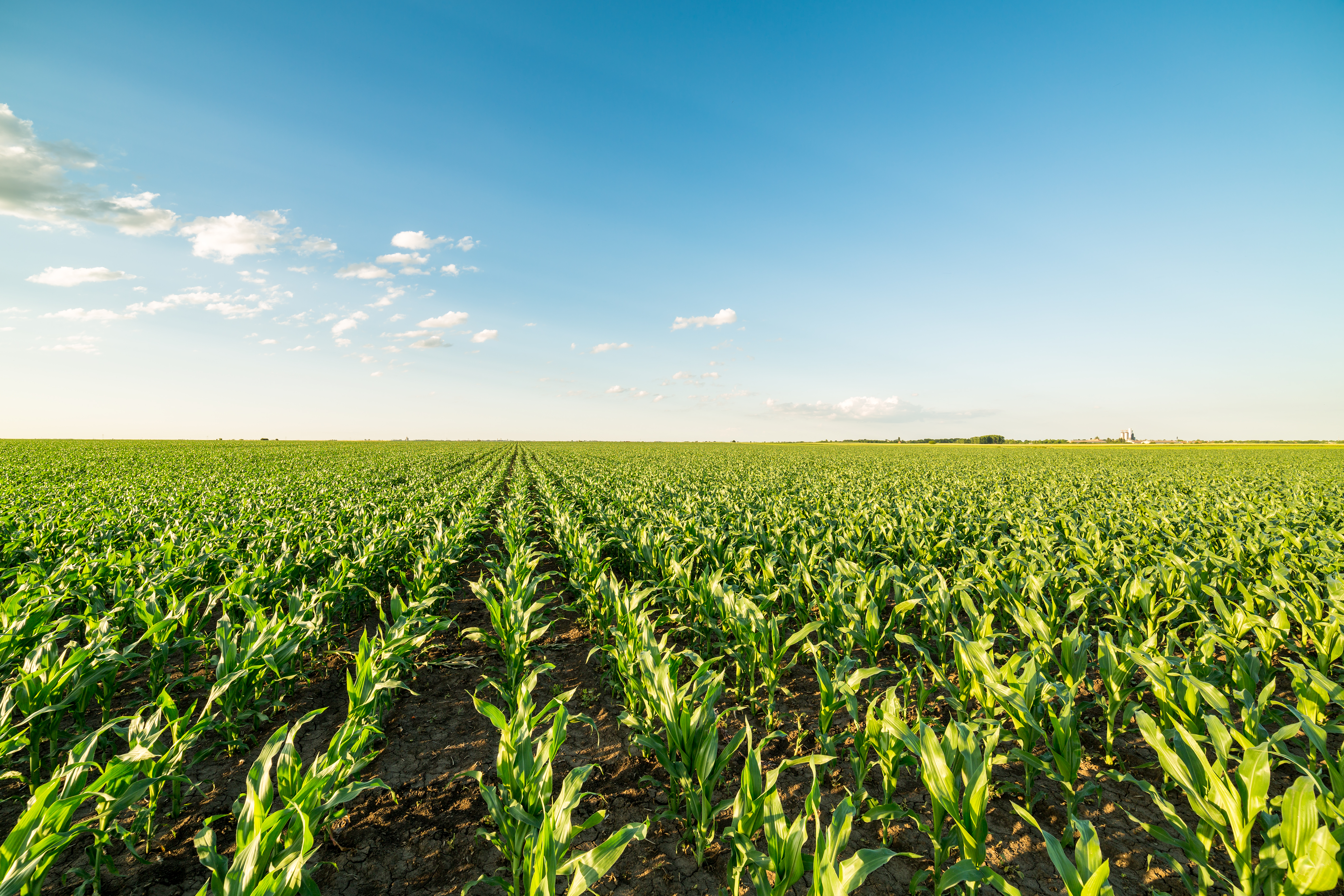Norder Supply agronomists have been coming across numerous cornfields exhibiting early signs of fertilizer root injury. This type of injury begins to show up typically in the V1 to V2 growth stage on corn planted over a concentrated fertilizer band, and soil conditions are abnormally dry after planting. Fertilizer injury is most common on strip till fields with spring applied anhydrous. Fertilizer injury can also happen with urea and uan solutions, but this is less common as these products are usually broadcast on the surface or injected off the side of the row. Injury is more prevalent in tough clay soils that do not properly seal during the anhydrous ammonia application. When the soil does not seal the ammonia application, vapor can move up along the knife mark, placing a higher concentration close to the root zones.
Fertilizer root injury is most likely to occur with wet, compacted soil conditions at the time of fertilizer application, followed by a lack of rainfall after application through early corn growth stages. Reducing the nitrogen application rate may minimize serious injury, but cannot prevent root injury from occurring.
When scouting fields, plants with the early stages of fertilizer root injury may appear blueish in color, and may have purple streaking along the mid ribs of the leaves. Serious injury will be evident by stunted or wilting plants. If you see plants with this description, dig them up and inspect the roots. Injured roots will have brown root tips and a bottlebrush look to the roots may be noticed. To minimize injury, apply an irrigation of ½ to 1 inch of water to dilute the fertilizer concentration in the root zone. Under extreme conditions, plants can die and replanting may be necessary.



